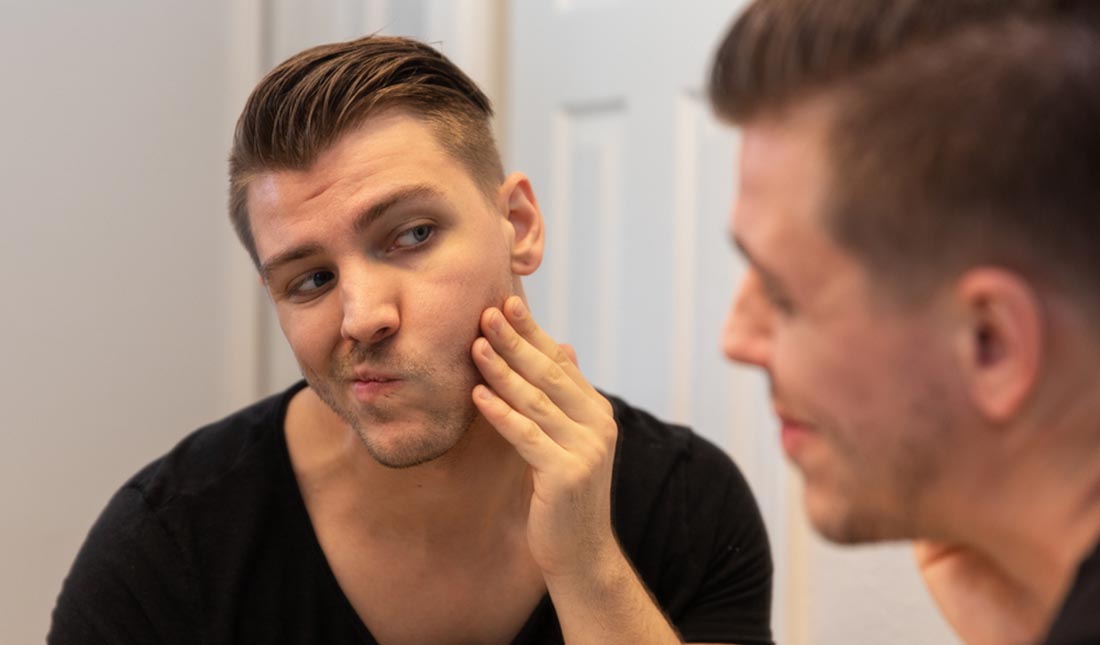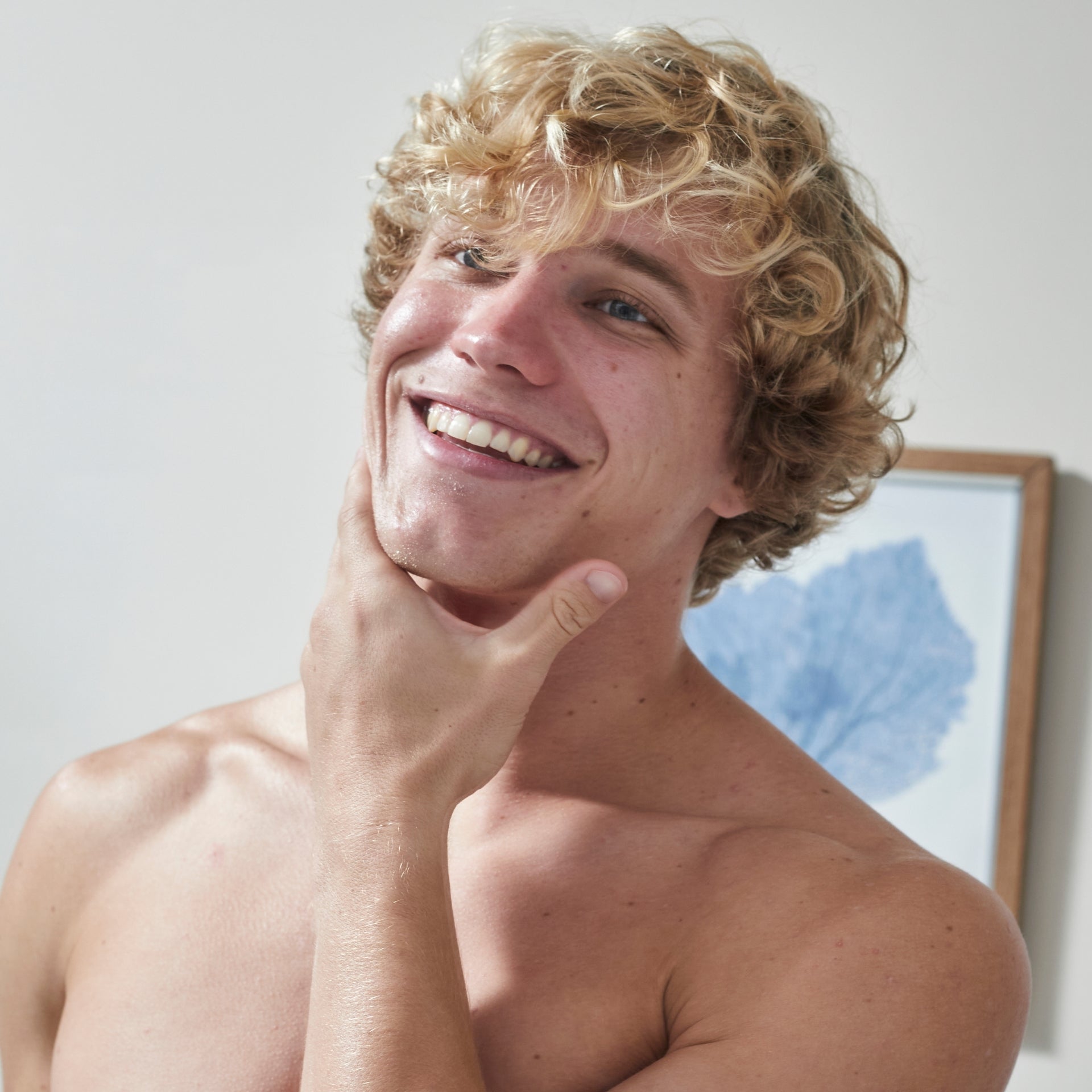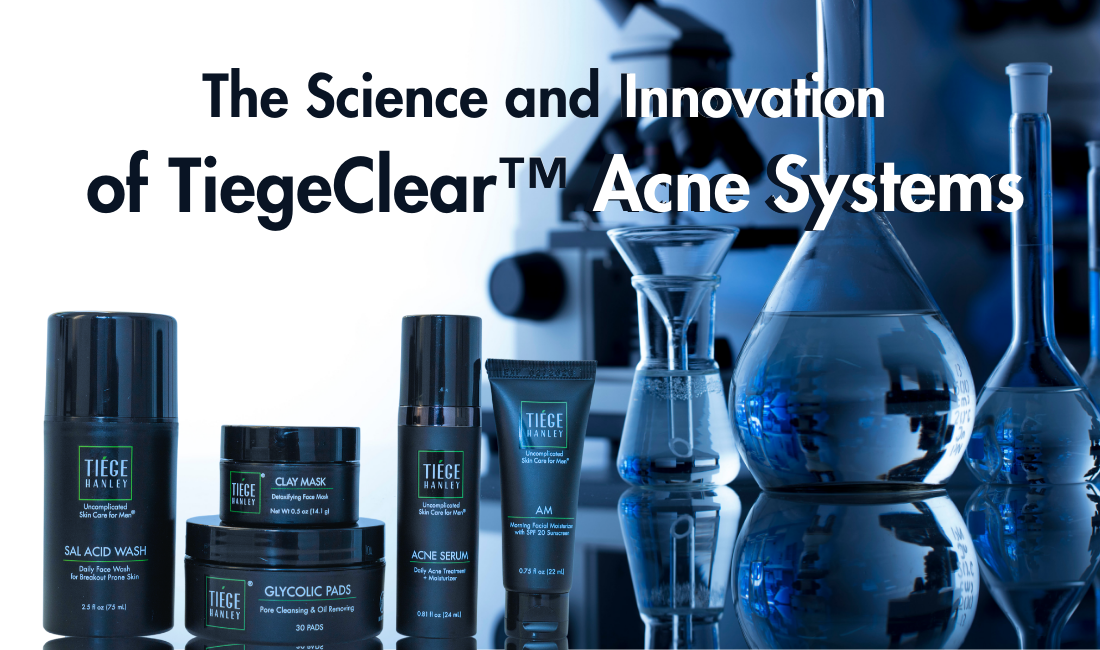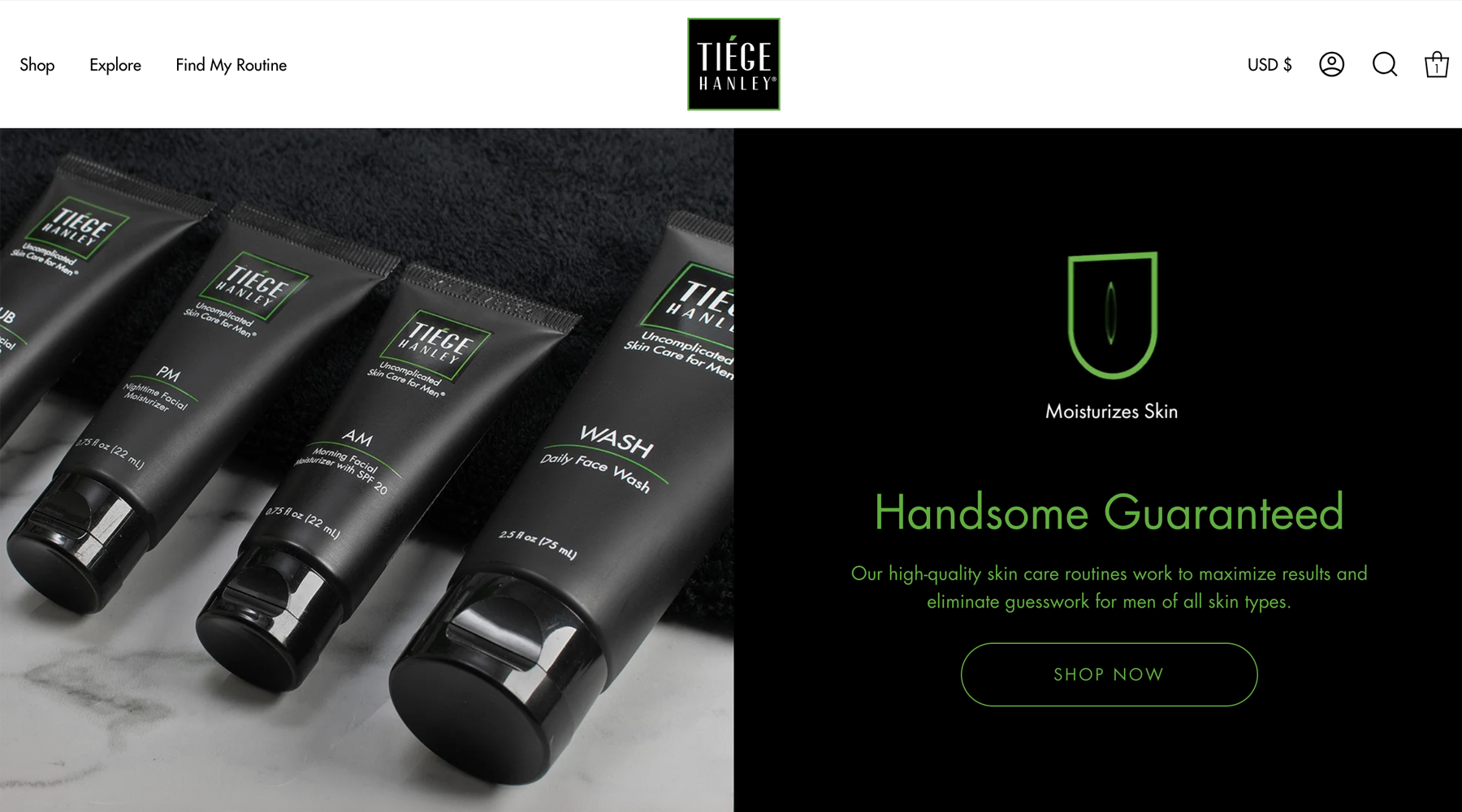When faced with the option of having a boil or a pimple, it’s safe to assume that you’d probably prefer to deal with neither.
Boils and pimples are both incredibly frustrating skin conditions that can make you feel self-conscious.
However, there is some good news: both are highly treatable.
To get rid of your boil or pimple quickly, you first need to know exactly what it is you’re dealing with.
So, do you have a boil or a pimple?
We’ll help you find out.
First, here are three things you should know about boils vs. pimples:
- Boils are caused by infections of the oil gland, whereas pimples are the result of a clogged pore.
- While both boils and pimples can be treated at home, professional treatment may be necessary.
- The best way to prevent boils and pimples is by practicing good hygiene and taking care of your skin.
Definition
Pimples and boils are both common skin conditions that can have a similar appearance and symptoms.
This can make the problem somewhat difficult to diagnose.
However, there is a difference between the two:
- Pimple: A pimple is the result of a pore (the small openings in the skin) becoming clogged with oil and dead skin cells.
- Boil: A boil is a skin infection that begins in the sebaceous gland (aka, oil gland) or the hair follicle.
Oil glands and hair follicles are located deep within the skin, whereas pores are located in the outer layer of the skin (the epidermis).

Both boils and pimples can take the form of swollen, pus-filled bumps.
In fact, boils can appear in clusters (known as carbuncles) and look similar to a nasty acne breakout.
They can also grow to be the size of a golf ball.
Boils typically appear in sweaty areas including the armpits, inner thighs, shoulders, back and buttocks.
Pimples can form wherever there are pores—usually, the face, neck, chest, shoulders and back.
GOT ACNE?Causes
Although boils and pimples may look alike, their underlying causes are much different.
A pimple—which is ultimately caused by a clogged pore—can be influenced by a number of things, including stress, diet and even your skin care routine.

Pimples are particularly common in teenagers due to hormonal surges that occur during puberty.
According to a 2016 study published in Adolescent Health, Medicine and Therapeutics, an estimated 85 percent of adolescents suffer from acne at some point (see claim: “…acne vulgaris affects ~85% of young adults aged 12–25 years…”)
Adult acne is becoming increasingly common as well, especially in adult women.
A study conducted in France found that 41 percent of adult women had persistent acne (see claim: “…the total acne prevalence was 41%.”)
Risk factors associated with acne include:
- Hormonal changes
- Stress
- Family history of acne
- Being an athlete (due to acne mechanica)
- Oily skin type
Boils often begin with a cut, a scrape or another surface injury that allows staph bacteria (Staphylococcus aureus) to enter a hair follicle and cause an infection.
Risk factors for boils include:
- Poor hygiene
- Poor nutrition
- Diabetes
- Immune system problems

Boils may grow larger over the course of a few days as they fill with pus.
They can be extremely painful until the pus ruptures or drains.
How to Treat
Both pimples and boils can usually be treated safely at home.
For mild to moderate pimples, a powerful acne treatment system is typically the first line of defense.
An acne system containing Salicylic Acid can help eliminate acne breakouts and keep them at bay.
If you have cystic acne, you may need to see a dermatologist to get rid of your blemishes.
TAKE THE SKIN CARE QUIZFor small boils, start by applying a warm compress.
When the boil drains, clean the area with an antibacterial soap.
Wash the area every day and continue to use a clean, warm compress every day until your boil heals.
Whatever you do, avoid popping the boil!
Popping a boil can cause the infection to spread.
If your boil is large or you have a fever, seek medical attention.
Your doctor may need to drain the boil and/or prescribe you topical antibiotics until the inflammation has subsided.
Actual Tiege Hanley customer testimonial:
“Over a 3 year period, I probably spent over two grand in skin care and still had acne. I decided to reach out and request to be a part of the Tiege Hanley Acne trial and I have been blown away. After two weeks, my skin was clear. It’s not the acne cream alone that cleared it up, but how all of the products work together as a whole.” Kyle B., NJ.
The Takeaway
Although boils and pimples share many similarities, they are two different skin conditions that require unique approaches to treatment.
Keep in mind that you can also have boils and pimples at the same time.
If you can’t seem to get to the bottom of your blemishes, consult a dermatologist.
References
Lynn, Darren D et al. “The epidemiology of acne vulgaris in late adolescence.” Adolescent health, medicine and therapeutics vol. 7 13-25.
Poli, F et al. “An epidemiological study of acne in female adults: results of a survey conducted in France.” Journal of the European Academy of Dermatology and Venereology : JEADV vol. 15,6 (2001): 541-5.









